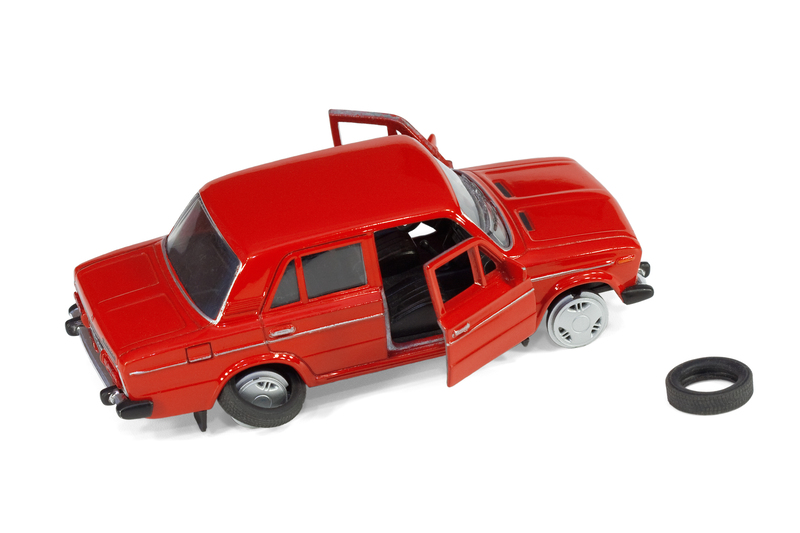Construction Simplified: What Are Builders Skips?
The construction industry relies on efficiency, safety, and proper waste management to maintain clean, organized workspaces. One of the simplest solutions, yet often underrated, is the builder's skip. But what are builder's skips, and why are they so crucial in construction? This comprehensive guide explores everything contractors, site managers, and homeowners need to know about these essential waste disposal containers.

Understanding Builders Skips: The Basics
A builder's skip, sometimes referred to as a construction skip or builders waste skip, is a large open-topped waste container designed for easy loading and removal of bulk construction debris. Commonly seen at construction sites, renovation projects, and even large home cleanouts, they simplify waste collection, transport, and disposal.
Key Characteristics of Builders Skips
- Robust Construction: Made from heavy-duty steel, capable of withstanding hefty materials including bricks, concrete, metal, and timber.
- Easy Accessibility: Low sides or drop doors for wheelbarrow access, making them ideal for rapid filling.
- Various Capacities:
- From mini skips (2-3 yards) for garden waste to large builder's skips (6-12 yards) for major renovations or new builds.
- Efficient Removal: Delivered and collected by specialized skip lorries, no need for secondary handling of waste.
- Versatility: Suitable for most types of non-hazardous building waste.
The Role of Builders Skips in Construction
Why use builder skips on your next project? The answer boils down to convenience, efficiency, safety, and compliance.
Efficiency and Time Savings
- Central waste collection: Workers can dispose of debris immediately, reducing time spent moving waste around the site.
- Unlocking workspace: Minimizing trip hazards and clutter boosts worker productivity and tidiness.
Environmental Responsibility
- Recycling and sustainability: Leading skip hire companies sort waste offsite, maximizing recycling rates and minimizing landfill use.
- Lower carbon footprint: Fewer journeys to the tip or landfill mean less transport impact.
Legal Compliance
- Waste management regulations: Construction and renovation projects must handle waste responsibly. Skips help projects comply with handling, transportation, and disposal rules.
- Avoiding fines: Incorrect disposal can lead to local authority fines or prosecution.
Types of Builder's Skips & Their Best Uses
Not all skips are created equal! Understanding skip sizes is key to choosing the ideal builder's skip for your project:
- Mini Skips (2-3 yd3): Small projects, garden waste, small refurbishments.
- Midi Skips (4-5 yd3): Bathroom or kitchen renovations, small builder jobs.
- Standard Builders Skips (6-8 yd3): Most popular for general construction, building debris, home clearances, bathroom/kitchen gut jobs.
- Large Skips (10-12 yd3): Major renovations, commercial works, bulky waste, shop fit-outs.
- Roll-on Roll-off Skips (18-40 yd3): Demolition, industrial construction, very large sites.
*Tip: The "classic builder's skip" is the 6-8 yard size - big enough for bricks and rubble, but not so large it can't be placed on a typical driveway!
What Can (And Can't) Go in a Builder's Skip?
Builder's skips are versatile, but some materials are strictly regulated. Here's a quick guide to suitable and unsuitable skip waste:
Acceptable Waste for Builder's Skips
- Bricks, blocks, rubble, and concrete
- Wood, timber, and pallets
- Metals (pipes, radiators, fittings)
- Plastic fittings (windows, pipework)
- Spoil and soil (check with provider for high volume)
- Non-hazardous general waste
- Old plasterboard (usually in limited quantities)
What Can't Go in Builder's Skips?
- Asbestos and hazardous waste
- Paints, solvents, adhesives
- Electrical appliances and e-waste
- Tyres and gas cylinders
- Plasterboard (beyond small quantities without prior notice - regulations apply)
- Liquids, batteries, or clinical waste
Always check with your skip hire provider, as rules can vary depending on local regulations.
How to Hire a Builder's Skip: Step-by-Step Guide
Thinking about hiring a builder's skip for your construction project? Follow these steps for smooth, compliant waste removal:
- Assess your waste volume: Estimate the amount and type of waste your project will generate.
- Select the right size: Choose a skip that matches your needs (better to over-estimate than run out of space mid-project).
- Choose a reputable local skip hire company: Look for companies with waste carrier licenses and transparent recycling practices.
- Arrange permits (if needed): If your skip will be placed on a public road, not private land, contact your local authority for road permits.
- Schedule delivery & collection: Set convenient dates so the skip is ready when construction starts, and not left blocking site activities.
- Fill skip responsibly: Don't overfill - loads must be level with the top to ensure safe transport!
- Confirm collection: When finished, call your hire company for prompt removal and proper waste processing.
Sitings and Permits: Where Can Builder's Skips Go?
A common question is "Where can I put a builder's skip?" Placement is important for safety, legal, and practical reasons.
Private Land and Driveways
- Best option, as no council permit is required.
- Ensure the ground is firm enough to support the skip's weight when full.
Public Roads or Pavements
- Most areas require a skip permit from the local council if skip will block public rights of way.
- Typically, the skip must have reflective markings, lights, and sometimes cones for safety, especially at night.
- Additional parking suspensions may apply--check before booking.
Construction and Development Sites
- On large private building plots, skips can be sited as per contractor's plan.
- Access for skip lorry must be clear and free of overhead obstructions.
Cost Factors When Hiring a Builder's Skip
The price of skip hire depends on several key factors:
- Skip size: Bigger skips mean higher hire and disposal costs.
- Hire duration: Longer hire periods may increase fees.
- Permit fees: Councils charge separately for road permits.
- Type of waste: Some materials (e.g., heavy soil, mixed waste) cost more to process.
- Location: Urban areas may command premium rates due to higher disposal and permit costs.
*Pro Tip: For best value, pack skips tightly and separate recyclable materials where possible (some companies offer discounts for clean waste loads).
Builder's Skips and Sustainability
Environmental responsibility is increasingly vital in construction. Choosing a reliable builder's skip hire service means you're part of the solution:
- Waste sorting and recycling: Established companies separate recyclables--brick, metal, timber--from general waste at dedicated processing facilities.
- Circular economy: Materials recovered from construction skips are often fed back into building supplies, reducing resource consumption.
- Landfill reduction: The majority of UK construction waste is now diverted from landfill thanks to effective sorting and modern skip services.
Ask your skip provider: What percentage of builder's skip waste is recycled? Many reputable companies boast rates of 90% and higher.
Tips for Making the Most of Your Builder's Skip
- Load efficiently: Place flat items on the bottom, heavier rubble next, and lighter waste on top. Disassemble bulking objects first!
- Don't overfill: Loads above the skip rim are not only illegal but hazardous for transport, and may incur extra fees.
- Keep hazardous waste separate: If in doubt, ask your skip company how to dispose of special items safely.
- Protect surfaces: Lay boards under skips to prevent driveway or pavement damage, especially on tarmac or block paving.
- Monitor skip contents: Discourage unauthorized dumping from passersby, which could contaminate your skip and increase disposal charges.

Frequently Asked Questions About Builder's Skips
Can I put garden waste in a builder's skip?
Yes! Green waste, soil, branches, and turf are permitted, but clarify with your provider if you have large amounts of soil because skip weight restrictions may apply.
How long can I keep a builder's skip?
Typical hire periods range from 1 to 2 weeks, but longer hires are usually available (sometimes at additional cost). Always confirm with your provider.
Do I need a license or permit for every skip?
Only if your skip is placed on public land (roads, pavements, verges). On private land (driveways, building sites), no permit is required.
What happens to the waste after collection?
Builder's skip waste is transported to a licensed facility for sorting. Recyclable materials are separated, and only the remainder goes to landfill.
Conclusion: Why Every Construction Project Needs a Builder's Skip
The answer to "What are builder's skips?" is more than just a definition--they're a cornerstone of efficient, responsible construction waste management. Whether you're managing a large commercial build, a home extension, or clearing out after home improvements, builder's skips offer unbeatable convenience, improved site safety, and peace of mind that your waste is handled legally and sustainably.
By choosing the right size skip and following best practices, you can ensure your construction project remains clean, productive, and environmentally sound--from the start to the final load-out.
Start your next project with a builder's skip--the simple foundation for a tidy, compliant construction site!